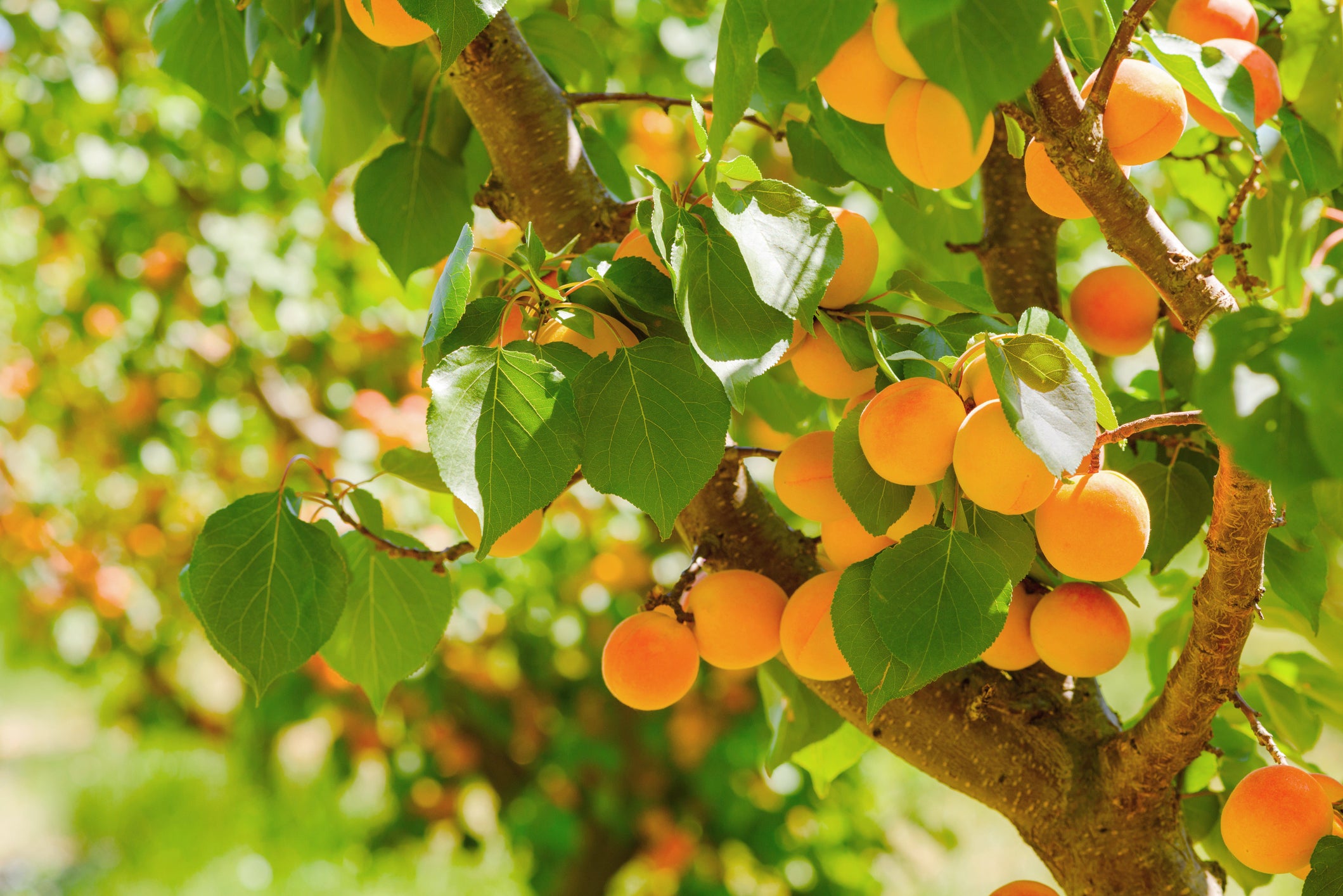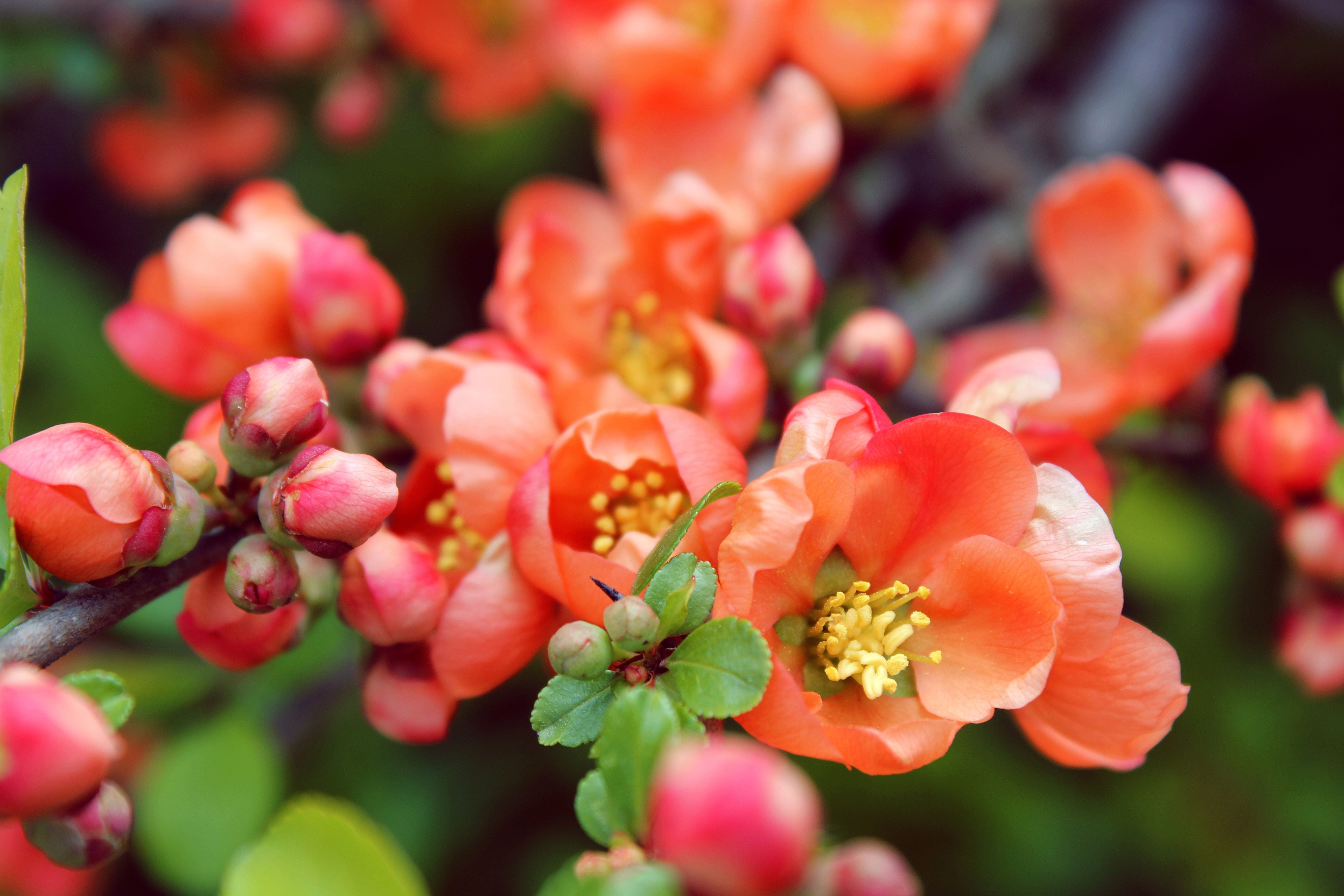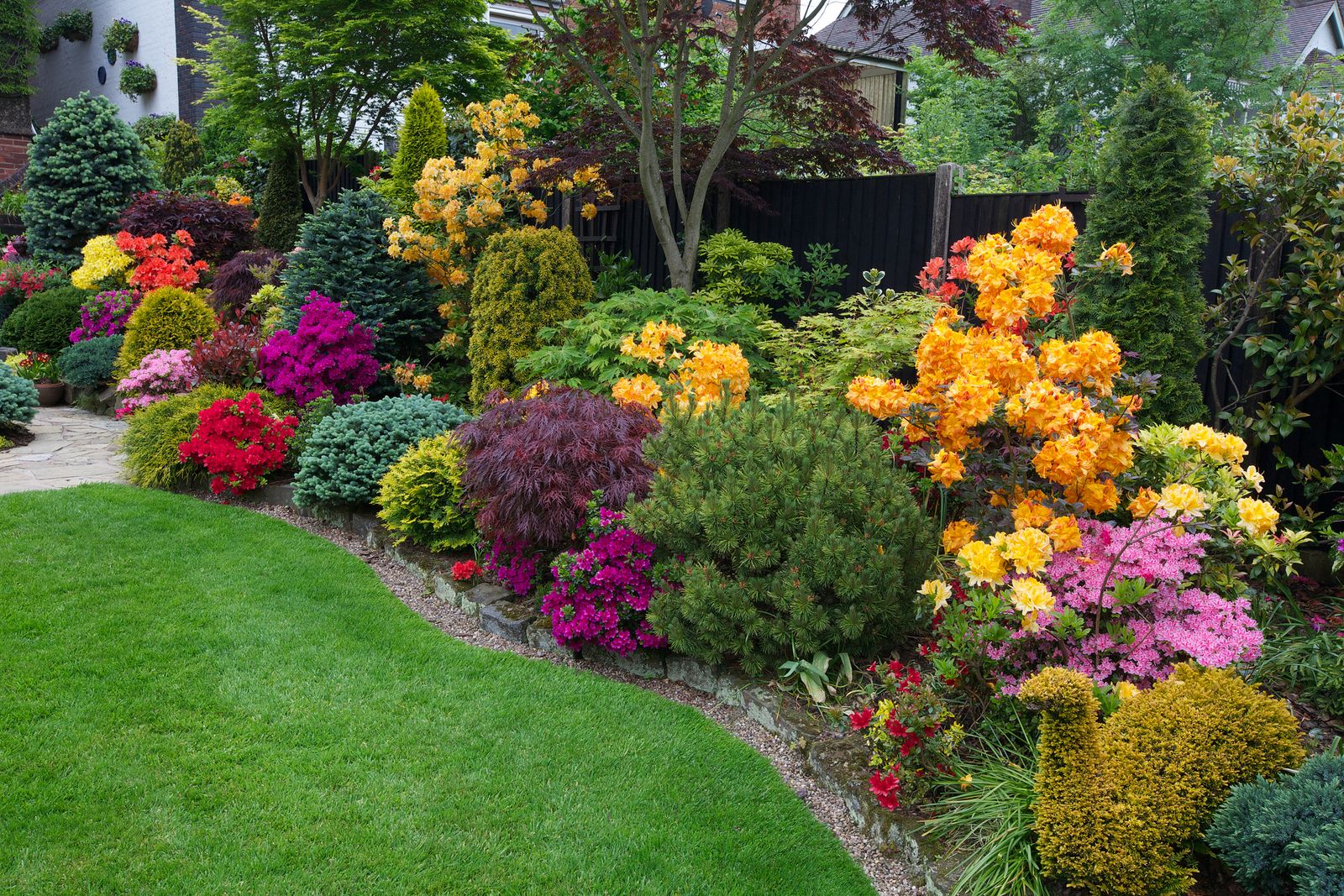Planting & Harvesting Seed Potatoes
You've decided to plant potatoes in your garden. Good choice! Potatoes are a delicious and nutritious vegetable that can be grown just about anywhere. In this guide, we'll walk you through everything you need to know about planting potatoes. From choosing the right spot to watering and fertilizing, we've got you covered. Plus, we'll teach you how to harvest and cure your potatoes for best results. Planting potatoes is one of the easiest vegetable gardening tasks there is. Unlike many other vegetables, potatoes are not grown from seeds, but from small tubers called seed potatoes. Potatoes are a cool weather crop and do best when planted in the early spring. They will take about 60 to 90 days to mature, so be sure to mark your calendar so you can harvest them by mid-summer.
What are seed potatoes
Seed potatoes are not actually seeds at all. Instead, they are simply potato tubers that are used for planting. Most often, they are saved from last year's harvest and stored over the winter under exacting conditions to keep them firm and disease free.

When to Plant Potatoes
When to plant potatoes will depend on your location, but they can generally be planted two to four weeks prior to the last frost date. Seed potatoes planted in soil that is too cold or soggy may rot, so wait until the soil temperature has reached at least 45 degrees Fahrenheit before planting. You can plant a second crop as late as June 15th, depending on your location, and generally harvest the potatoes as late as possible. Potato plants will tolerate a light frost, but protect plants from freezes with row covers, or harvest them before a freeze arrives.

How to prepare for planting
To get started, you will need to select the right location for your potato plants. Potatoes are aggressively rooting plants and will produce the best crop when planted in light, loose, well-drained soil. They prefer slightly acidic soil with a pH of 6.0 to 6.5—acidic to neutral. However, potatoes are prolific growers and usually adapt to poor soil and climate conditions.
When selecting seed potatoes, do not use the potatoes you buy at the grocery store. Grocery produce is often treated with a growth inhibitor, which keeps potatoes fresher longer but also prevents sprouting or stunts growth. You can find organic seed potatoes here.

Preparing the seed potatoes
Now that you've got your hands on some seed potatoes, it's time to get planting! But before you can stick them in the ground, you need to get them ready.
Although potatoes will sprout in the dark, you will get long, pale shoots that easily break. Instead, place them in a cool spot with bright light for 2 to 4 weeks. This way, the sprouts will grow stocky, sturdy, and dark green. This process is also called greening. You can place your seed potatoes upright in an egg carton or box, on a tray, or screen with the majority of buds ("eyes") facing up. Do not pile them atop one another. You can start this process one month before your outdoor planting date.

How to Plant Potatoes
Planting potatoes is a pretty straightforward process. To begin with, dig a trench that is 6-8 inches deep. Then, plant each piece of potato (cut side down, with the eyes pointing up) every 12-15 inches, with the rows spaced 3 feet apart. If your space is limited or if you would like to grow only baby potatoes, you can decrease the spacing between plants. Plant the potatoes as soon as the sprouts are 1/2 inch to 1 inch long. Handle the seed potatoes carefully, so the sprouts do not break off or become damaged. Finally, plant potatoes with the sprouts facing up and cover lightly with soil. If you've cut the seed potatoes, make sure the cut side is facing down.
Caring for Potato Plants
Potatoes are a cool-season vegetable plant, meaning they thrive during the cooler months of spring and fall. During the hottest parts of summer, they need a lot of water to produce well. Be sure to keep the soil around your potato plants consistently moist, especially when the plants are flowering. Potatoes will flower anywhere from 2 to 4 weeks after planting, depending on the variety. Once the flowers appear, the plants will start to create the tubers—the edible potatoes. Potatoes need 1 to 2 inches of water per week to produce well, so be sure to water them regularly during this time.
Harvesting Potatoes
Once the foliage has turned yellow, stop watering the potatoes so that they can begin the curing process. You can harvest baby, or "new" potatoes two to three weeks after flowering ceases. Carefully dig around the plants to remove new potatoes for fresh eating, and leave the smaller potatoes to continue growing. For potatoes that you plan to store, harvest the crop two to three weeks after the foliage dies back. Gently loosen the potatoes with a garden fork and remove them from the bed. If the weather is dry, leave the potatoes in the garden, unwashed, for two to three days to cure; or move them to a protected area, such as a garage or shed, to cure.
Tips and Tricks
There are a few things to keep in mind when planting potatoes. For one, you do not have to chit the potatoes before planting them. However, you might want to chit your potatoes if you notice them beginning to sprout or if you want an earlier harvest date.
Another thing to consider is whether or not you plan to cut the potatoes before planting them. If you do, it's best to chit them before cutting them. When planting whole seed potatoes or pieces of potatoes, in general, more eyes per piece equals more potatoes. Smaller potatoes with one or two eyes per piece mean fewer potatoes, but they will be larger.
On average, one pound of seed potatoes should yield about 10 pounds of edible potatoes. One pound of seed potatoes should fill a 5- to 8-foot row, depending on the variety.
Once your potatoes are flowering, it's time to start caring for them. make sure the flowers stay dry, and watch out for pests and diseases. When it's time to harvest your potatoes, be careful not to damage them. Cure them properly before storing them in a cool, dark place. You've now learned everything you need to know about planting, caring for and harvesting potatoes. Get out there and start growing your own!






